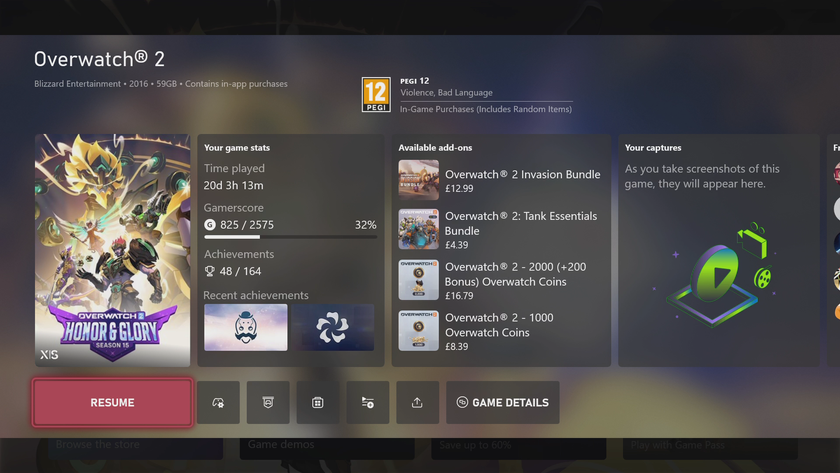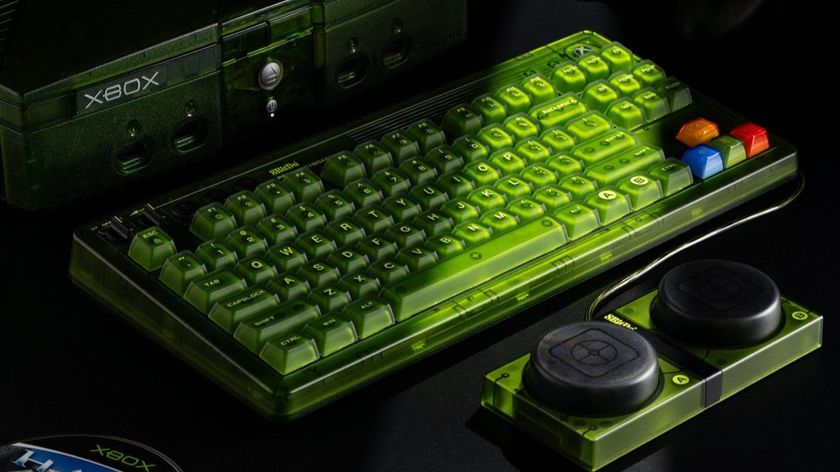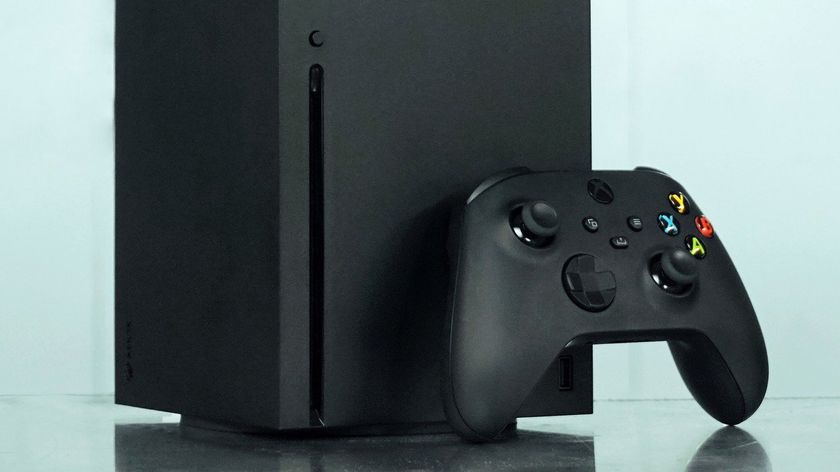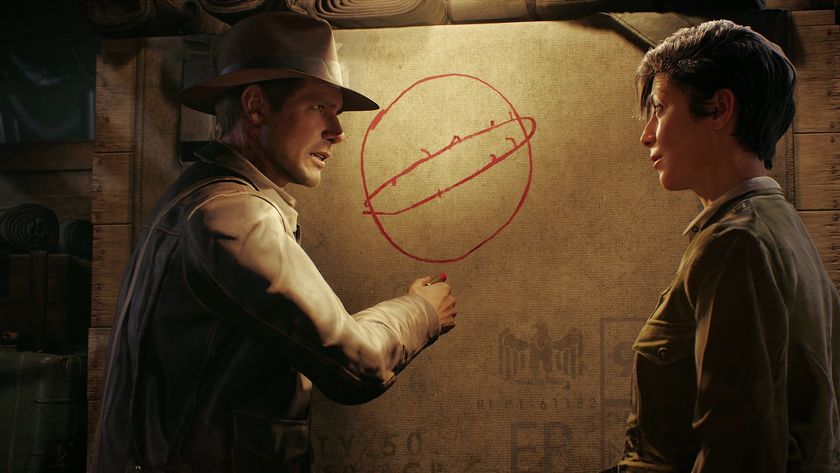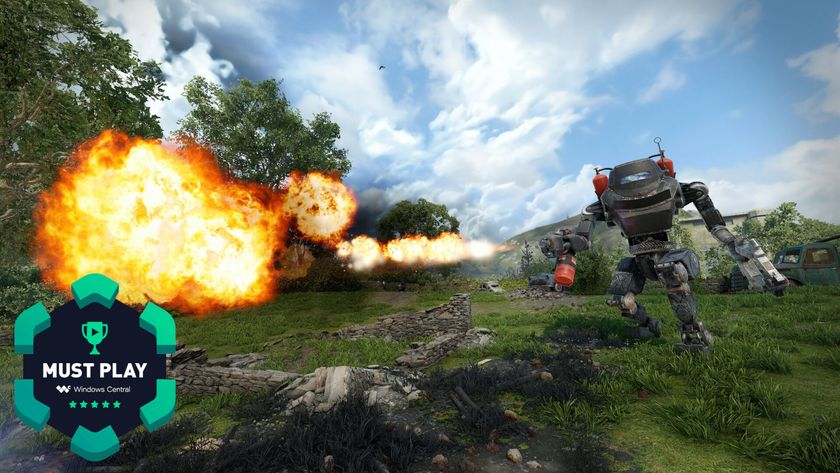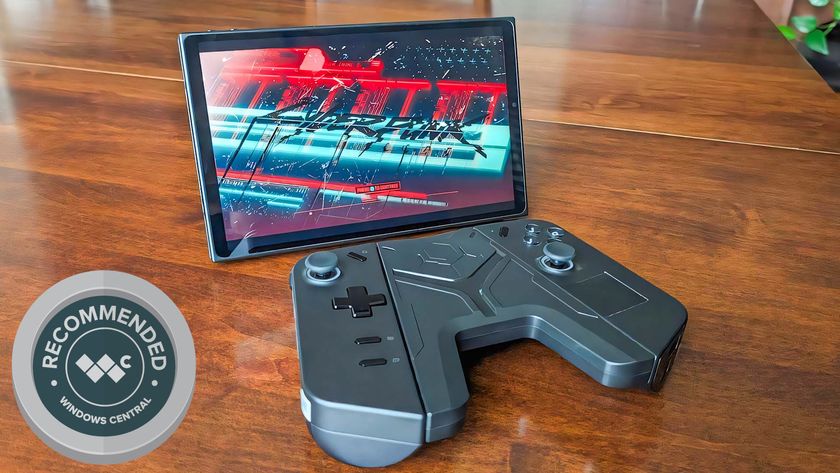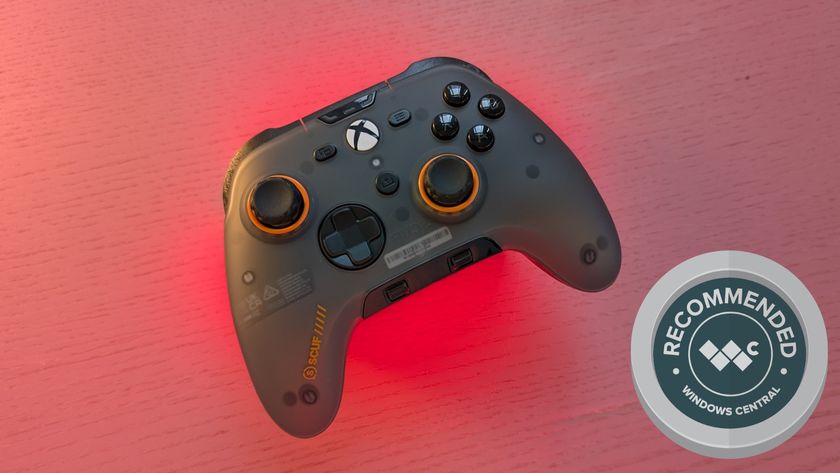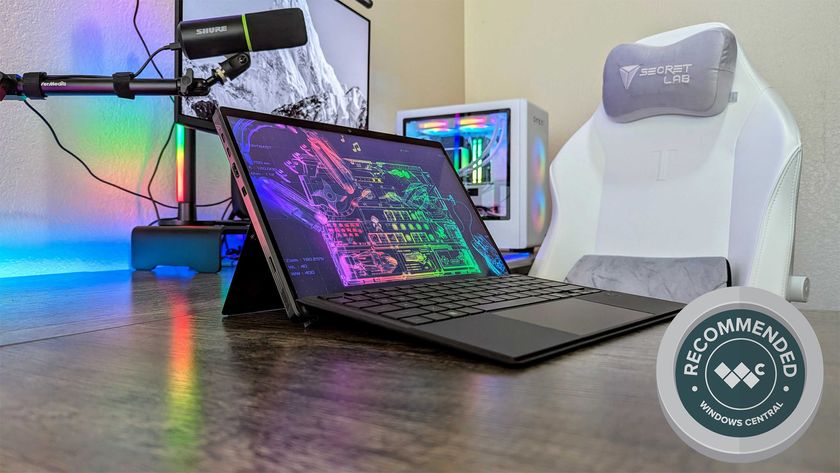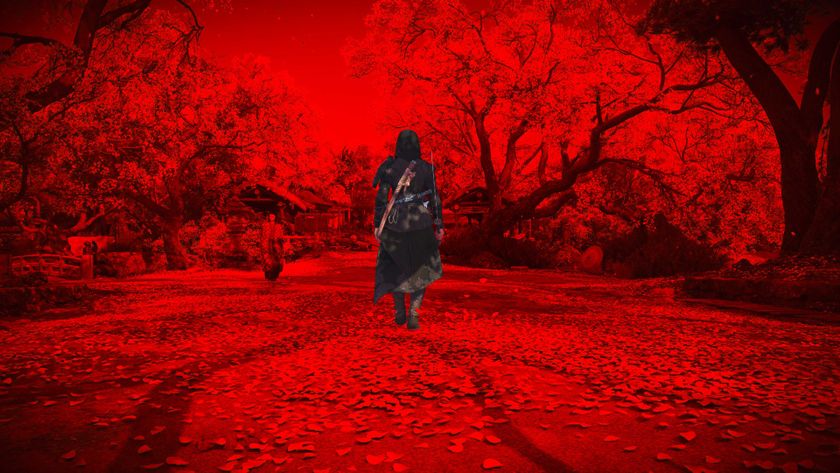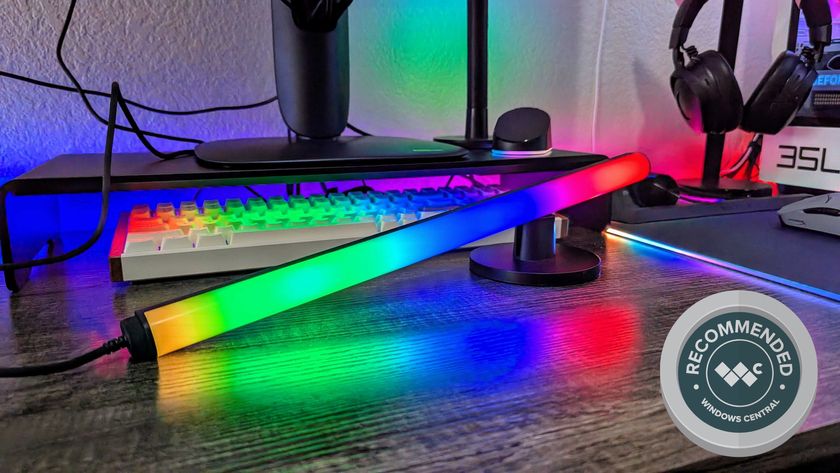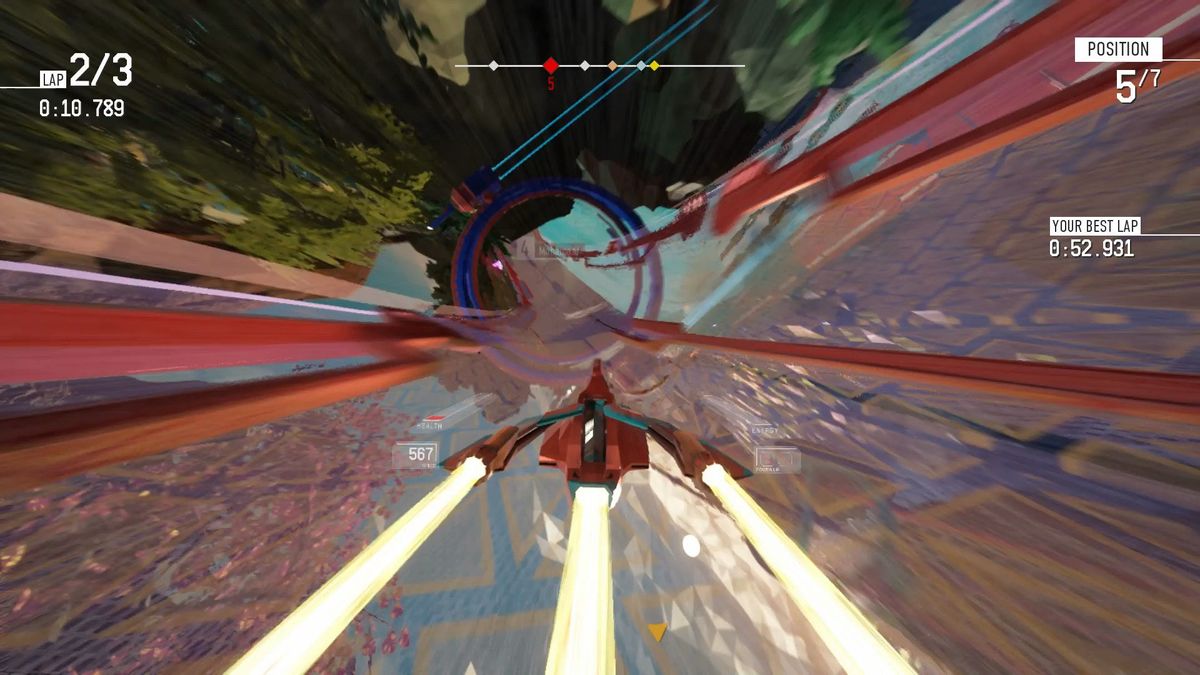That changes with Redout: Lightspeed Edition from Italian developer 34BigThings, an ultrafast racer in the style of F-Zero and Wipeout. With lots of content, split-screen and online multiplayer, and upcoming Xbox One X support, Redout is officially the Xbox racer of the future.
The last form of entertainment
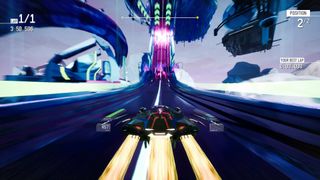
Redout takes place in the far-off year 2560, shortly after the classic song "In the Year 2525." Our planet's ecosystem is in ruins, tropical storms ravaging the surface and its natural resources depleted. Despite the widespread desolation, the earth still hosts a few forms of entertainment such as zooes, parks, and races. The Solar Redout Racing League has become one of the most popular diversions. The fastest racing league ever, it challenges pilots to drive ultrafast anti-gravity ships on magnetic tracks at great danger to themselves.
The premise works well for a futuristic racer, but don't expect much in-game story. Besides some narrative text here and there, Redout is virtually devoid of in-game story (not unlike co-op favorite shooter Killing Floor 2). Luckily, the career setup and racing are strong enough to make up for that slight presentational weakness.
Far-future racing
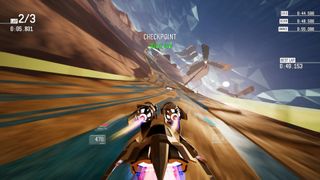
Redout is clearly inspired by the two most beloved futuristic racing game series: F-Zero and Wipeout. The visuals (which look great on Xbox One and will be even more amazing with promised 4K support and 60 frames per second [FPS] on Xbox One X) look the most like Wipeout's, with excellent sci-fi ship designs, seven distinct planets and moons to race on, and loads of gorgeous colors.
The track design is also a highlight, thanks to large jumps, steep ramps, and thrilling loops that truly take advantage of the antigravity concept. This is one of those racing games in which you might not see your opponents for long stretches, but the track design, visuals, and blistering speed keep things exciting throughout.

Being an arcade-style racer, you won't have to worry about sim elements outside of the simple upgrade system. Quite often you can win a race without even using the break, though it definitely helps on tracks with tighter turns and tunnels.
There is an element of finesse involving the right analog stick, though. Tapping the stick to the side makes your vehicle strafe left or right, which helps take turns without slowing down. And you can tilt your ship forward or backward in order to avoid grinding against the track on steep ramps and loops.
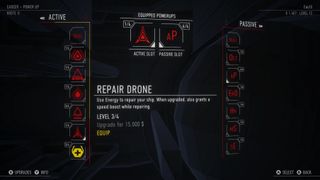
Finally, players have a boost that constantly recharges when not in use, as well as an equippable powerup. Although the game offers six different powerups (each with buyable upgrades), you can only take one into a race. This limits the combat element that many arcade racing fans enjoy, but it also keeps things fair since you need to concentrate on skillful racing over annihilating opponents.
Go from F-Zero to hero in career mode
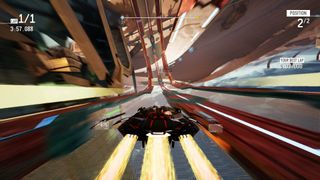
Redout's career mode offers an interestingly nonlinear structure. After completing the first race, the game automatically offers the next event in the series. But players can choose to skip forward or backward, sticking with preferred event types or replaying previous events for more money and XP.
Races are still restricted to classes, so you can't jump to class II events before leveling up enough to unlock that type of vehicle. Leveling up also unlocks upgrades and other features, in addition to providing an overall sense of progression. Another cool element you'll experience in career is the occasional sponsorship challenge. Accept the sponsor's deal and you'll have to win a race in a specific way. Do so to win huge money payouts or even free ships.
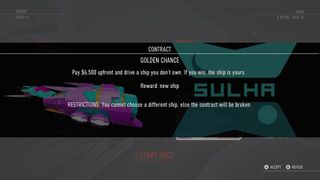
Speaking of which, Redout has four classes of vehicles to pilot, with each class significantly faster than the one before it and each class of events that much harder as well. The console version offers seven total racing teams, some of which were released as DLC on the Steam version. Each team has four vehicles to buy, so that's a total of 28 futuristic craft in the game.
Each ship has its own unique stats that make it feel much different from others in its class. That means you probably won't actually want to buy all the ships, but at least there's something for every style of racer. They all have distinct looks that can be further customized with numerous color sets and liveries.
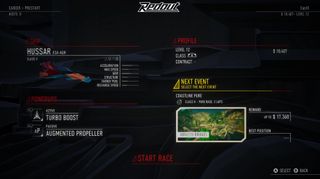
The career spans a total of 100 events, 11 types of races, and seven planets (each with multiple track layouts). Arena races are particularly challenging, pitting six participants against each other on a tiny arena track with no respawns. Take too much damage and your craft will explode, knocking you out of the race.
Boss races are extra intense, stringing together all of a location's track variations into a single race via teleportation gates. Not every race type is a winner (the time trials are so dry compared to the rest), but the career has a good mix of events that don't overstay their welcome (unlike the extra grindy Riptide GP Renegade).
Multiplayer
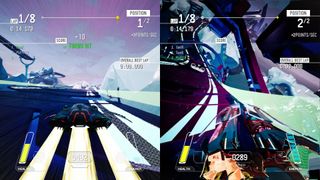
Redout features two types of multiplayer on consoles: two-player split-screen, and online races for up to twelve players. in either mode, the host player can only access tracks unlocked in career mode – so you'll want to play a bit of career before hosting multiplayer races. You don't earn money and XP for multiplayer races, unfortunately.
In split-screen, the second player has access to vehicles and upgrades unlocked by the first player, so the guest player doesn't get to use his or her own profile. Four types of races are available in split-screen, as is the option to include AI opponents. The split-screen uses a vertical aspect ratio that recalls that of the Wipeout series and looks beautiful in motion.
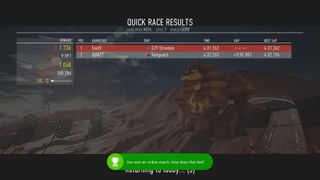
Online multiplayer only offers three race types: race, pure race (in which powerups are disabled), and boss (which mixes all of a location's track variations together into one long course). Players can instantly join an open game, browse servers, or host a game. As of this writing, there doesn't seem to be a large online community on Xbox One. Hopefully it will continue to grow over time, as racing against other players is thrilling.
Overall impressions of Redout: Lightspeed Edition
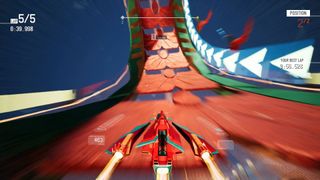
Realistic games like Forza Motorsport 7 are definitely the in-type of racing game nowadays, but you can hardly beat the excitement that a super-fast futuristic racer like Redout offers. This game looks excellent, conveys a fantastic sense of speed, and doesn't get too complicated to slow down the fun. With a good variety of races, great track design, and both local and online multiplayer, this is the start of a series that deserves to continue long into the future.
Redout: Lightspeed Edition costs $39.99 on Xbox One and PlayStation 4, though Amazon currently offers it at a nice discount. The Steam version sells for $34.99 but doesn't include some of the DLC of the console versions.
Pros:
- A gorgeous futuristic racing game with excellent design and lots of color.
- Career structure is well thought out and doesn't require much grinding.
- Both local and online multiplayer are supported, so friends can race too.
Cons:
- Career difficulty ramps up way too much in the second tier of events.
- Multiplayer races don't contribute to overall progress, limiting multiplayer potential.
- Powerups feel like an afterthought compared to some arcade racers.
Xbox One review copy provided by the publisher.
Paul Acevedo is the Games Editor at Windows Central. A lifelong gamer, he has written about videogames for over 15 years and reviewed over 350 games for our site. Follow him on Twitter @PaulRAcevedo. Don’t hate. Appreciate!

